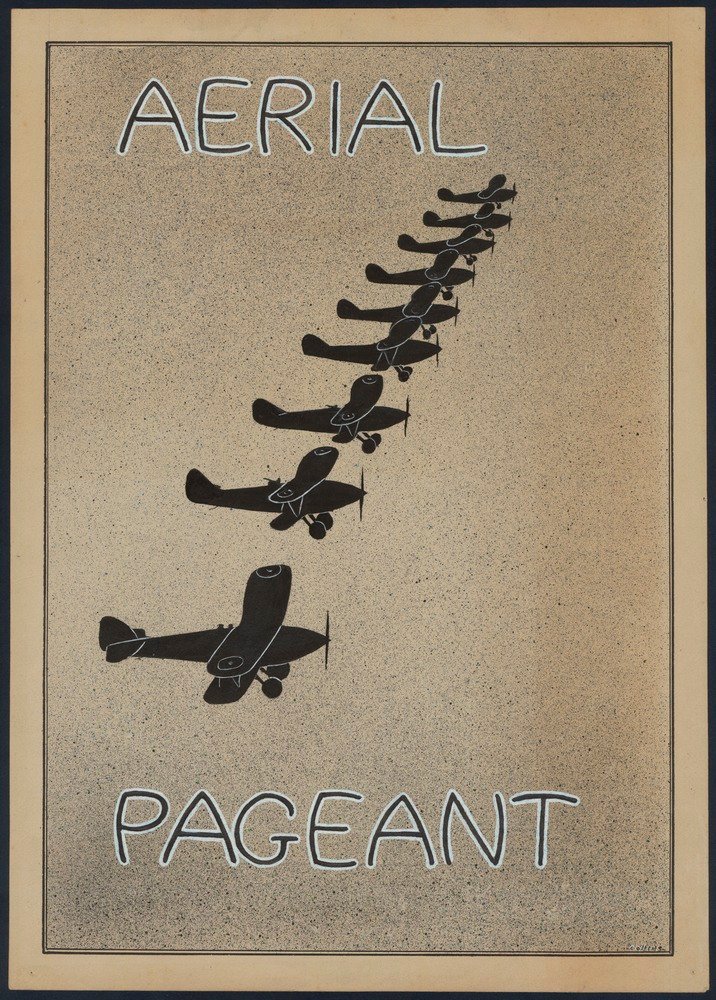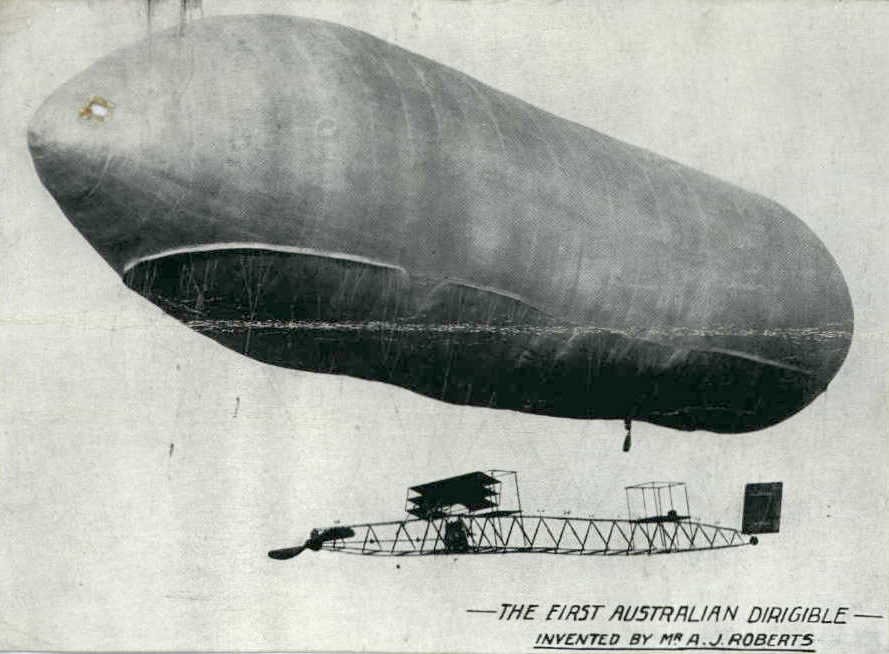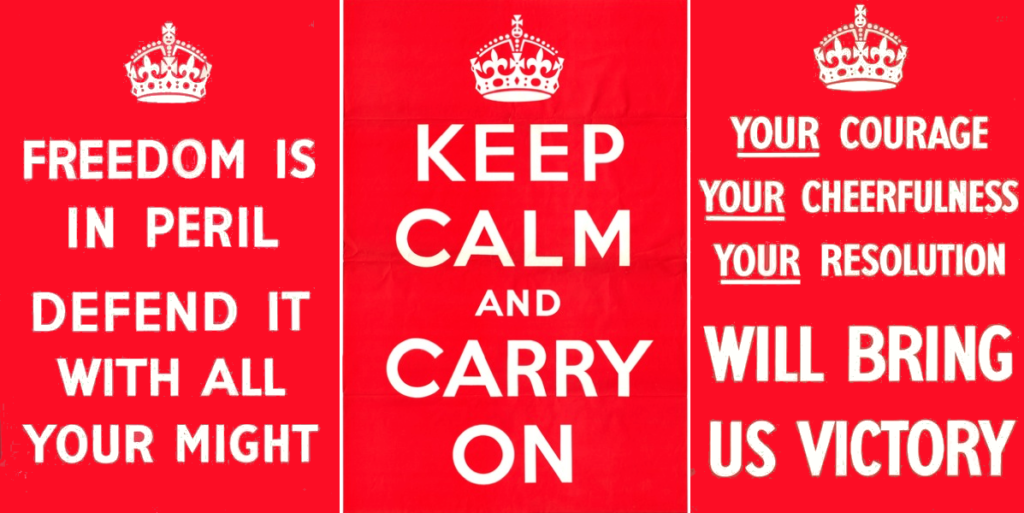Anticipation vs experience vs memory
Walter Nessler called this painting Premonition. A premonition of what? It’s clearly London, judging from St Paul’s, the double deckers, and so on, but it’s an unsettling version. Everything is jumbled together and smothered by blood-red clouds. But apart perhaps from the ominous sky, the only direct evidence of what’s wrong with this picture is […]






